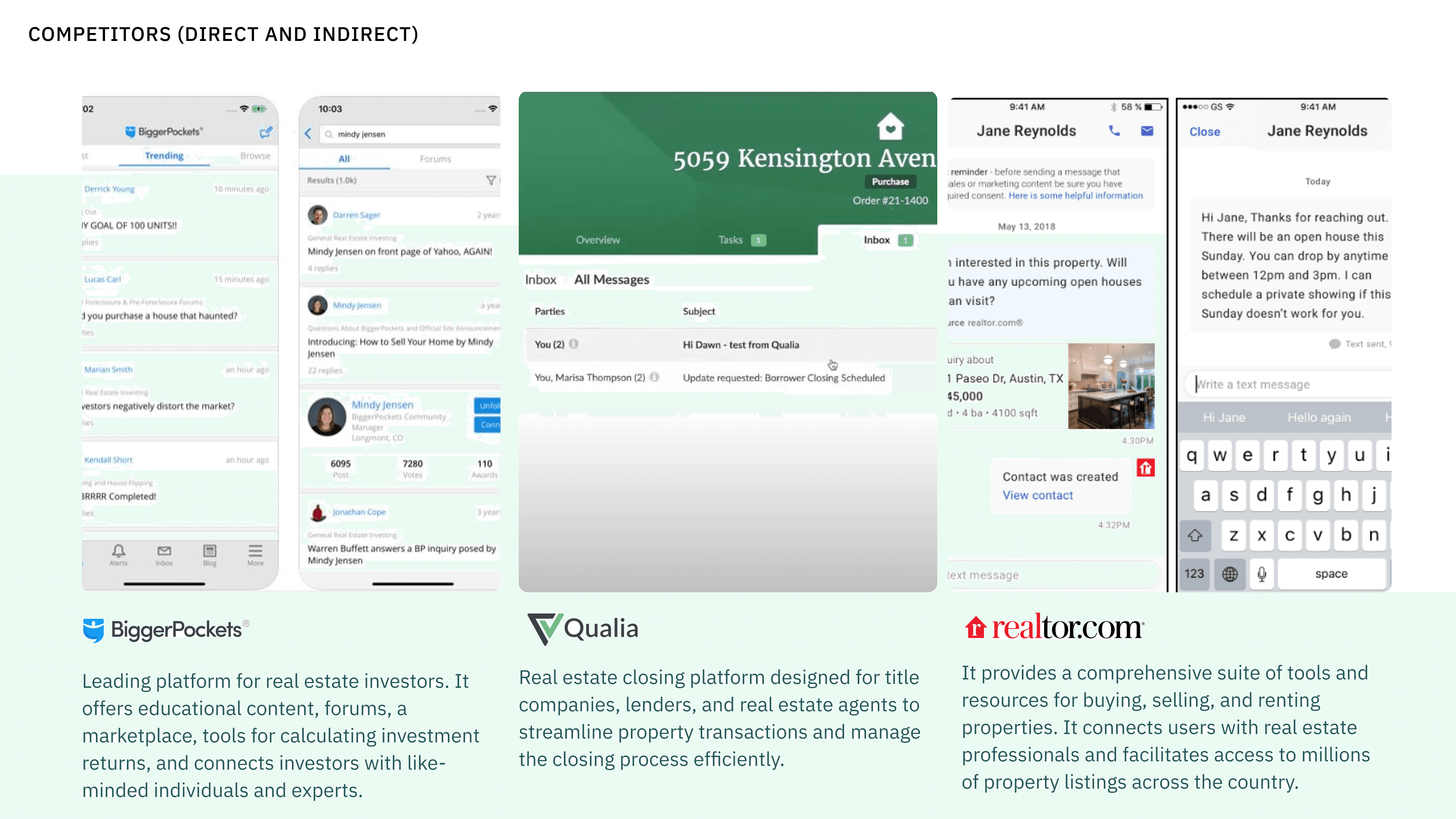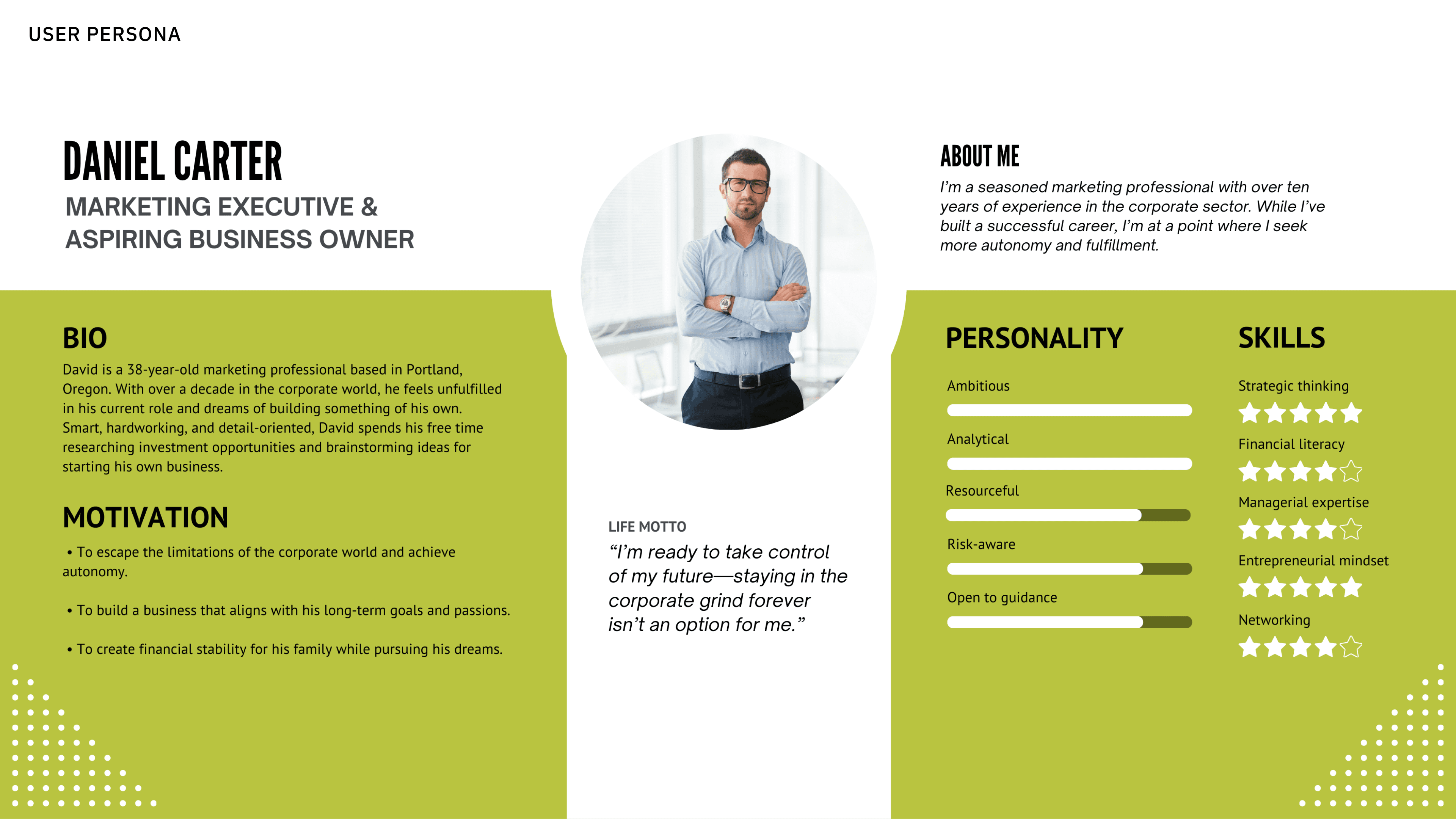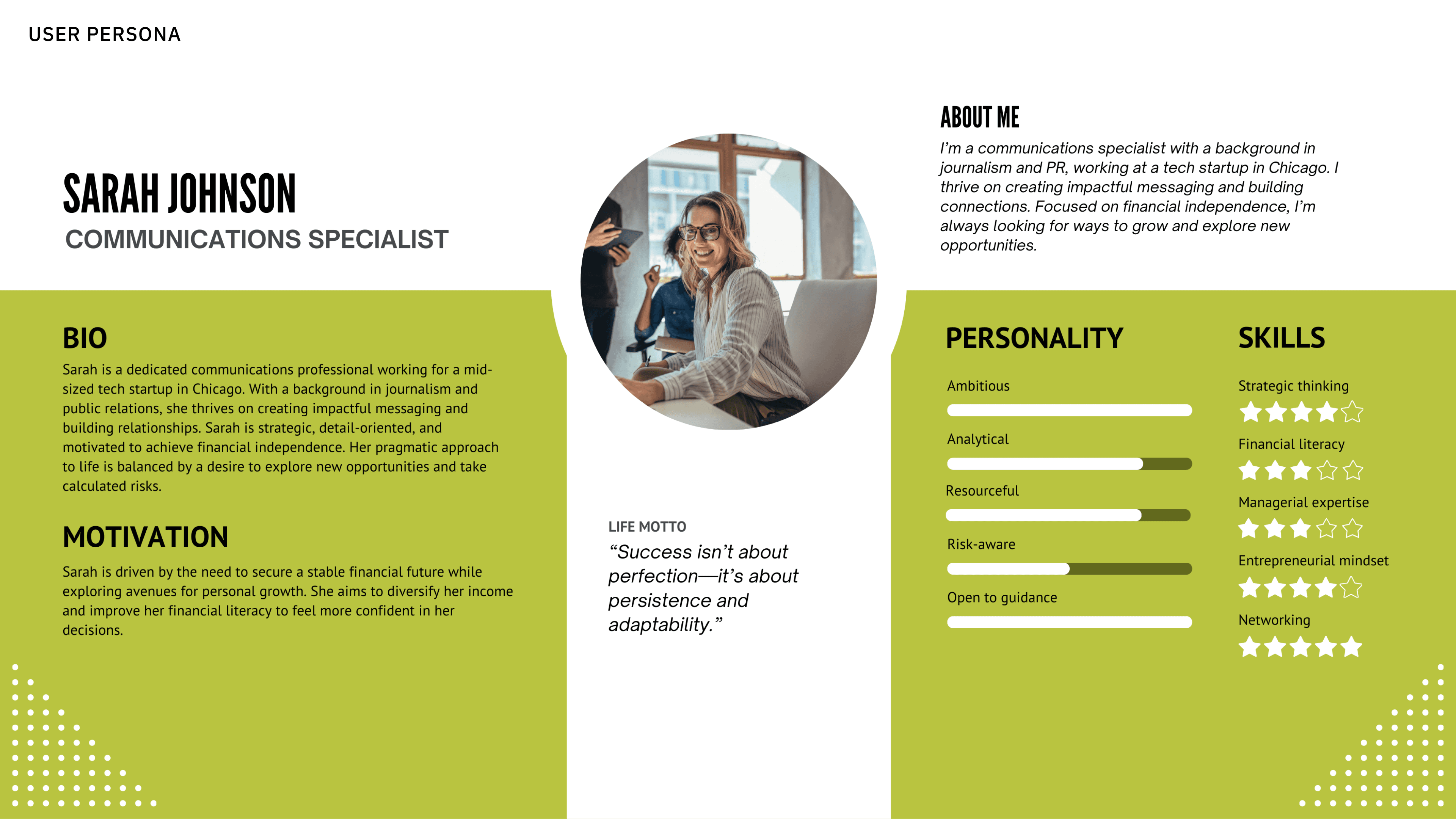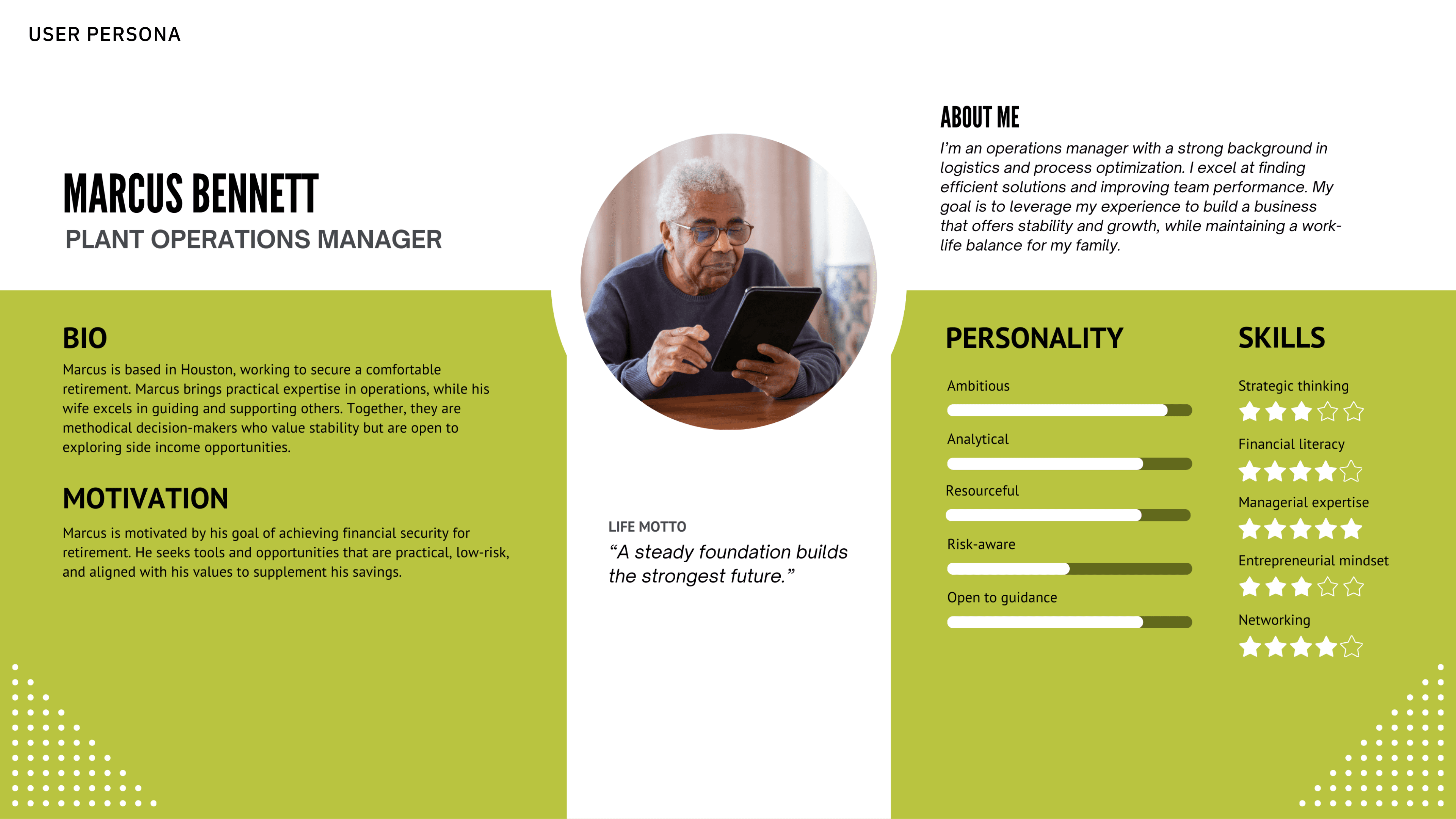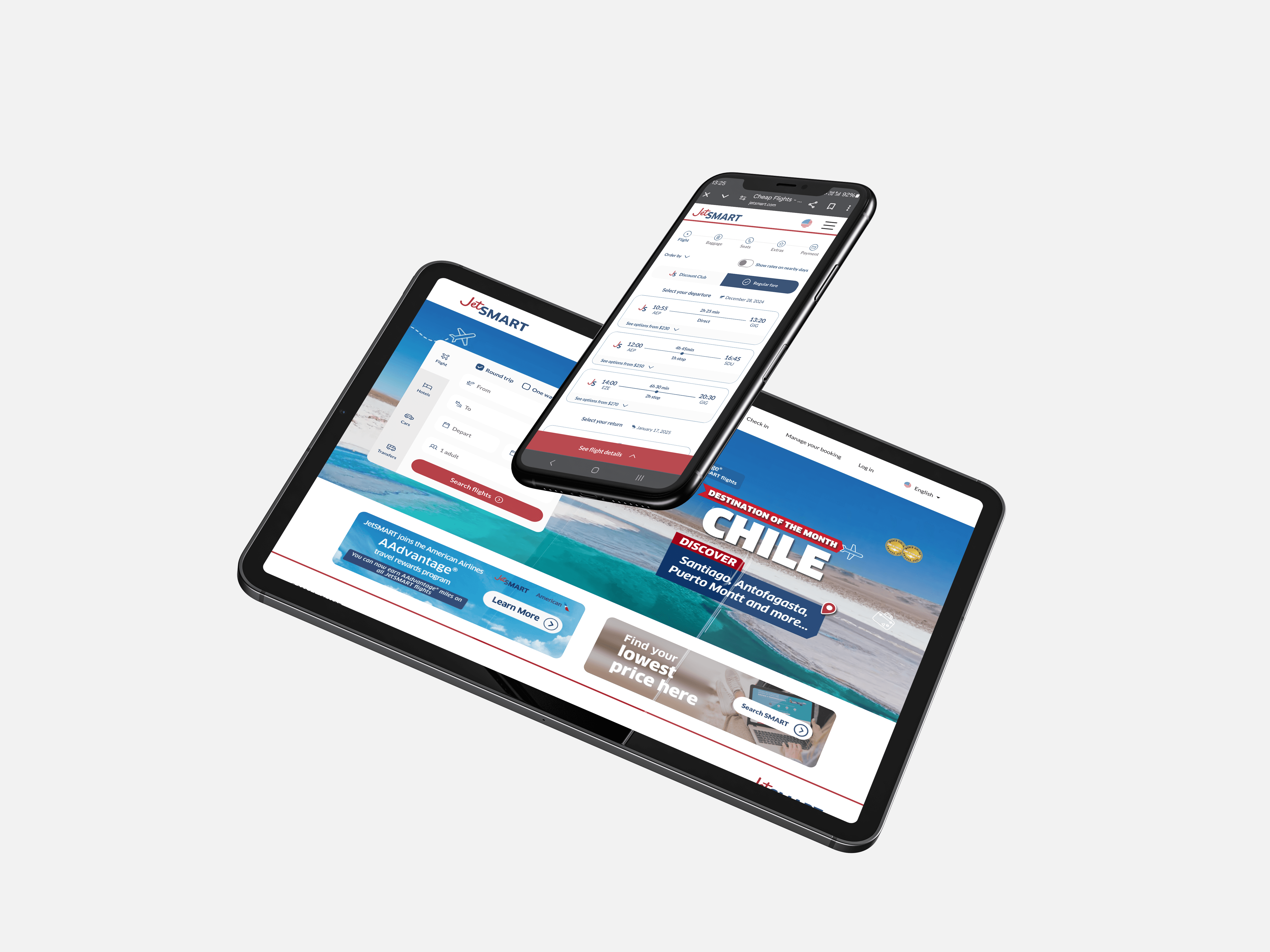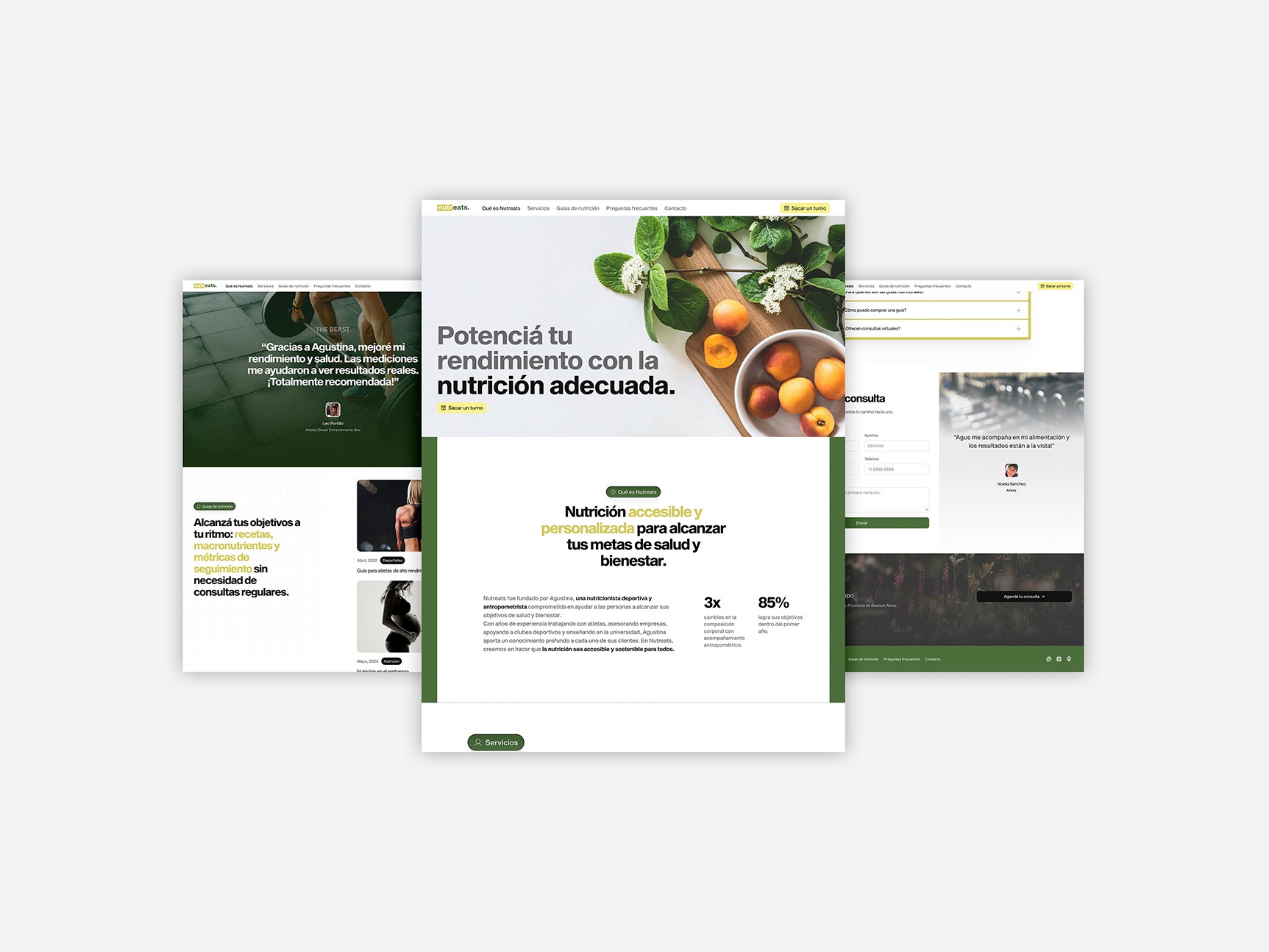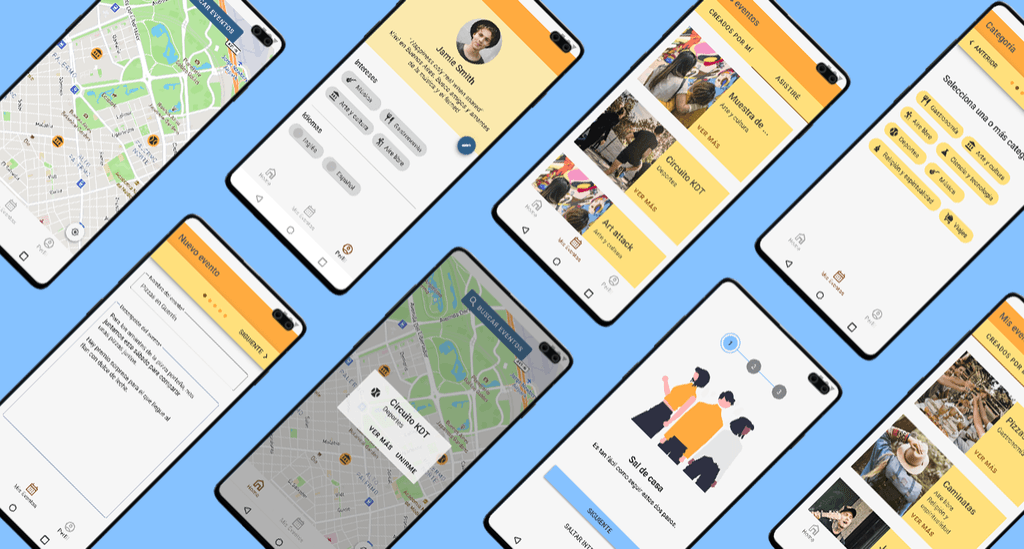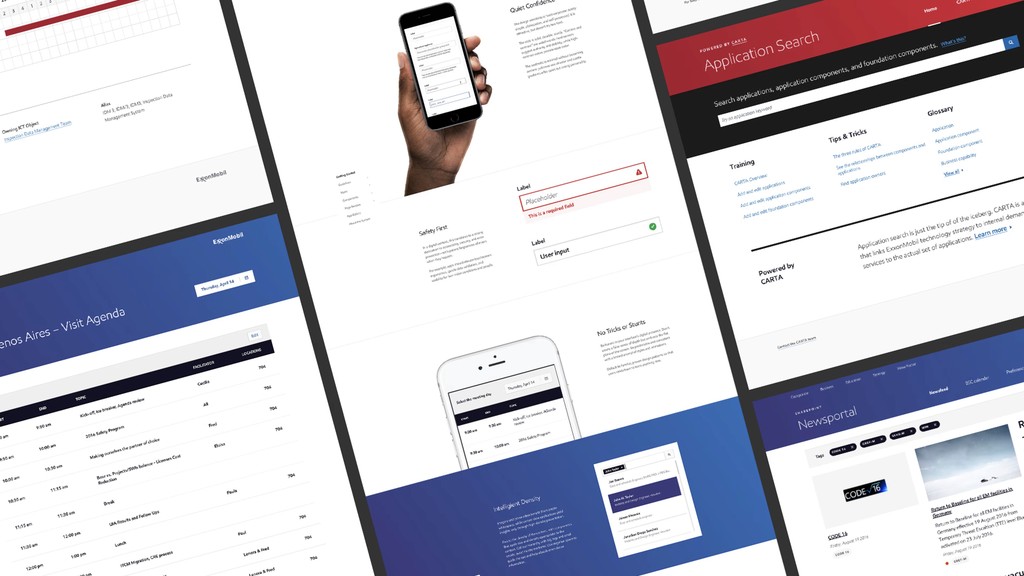I designed a new email feature for a real estate app.
summary
This project was for a real estate company focused on helping people make smart property investment decisions. They’ve created a platform that guides users through every stage of the real estate journey—whether it’s buying, fixing, or flipping properties for profit.
What really sets them apart is their strong emphasis on education and support, making the real estate world—often seen as complex—feel much more accessible and profitable for everyone.
The goal of this project was to design a messaging feature that would allow users to connect with their team on the ground—realtors, contractors, coaches, etc.—all from the same platform. This would not only help users keep track of the progress of their properties but also boost retention with the app.
I started by researching competitors and potential solutions, then worked closely with the Technology team and the founders through workshops to understand the best approach. From there, I designed the new feature for both web and mobile.
THE CHALLENGE
The main challenge was to design a new feature that was simple enough for all types of users—ranging from baby boomers to Gen X—while still offering all the necessary tools to make it truly useful. At the same time, we needed to create something that was realistic for a small-scale company with limited resources and time.
Users were struggling with fragmented communication across different platforms, which made it difficult to track property-related messages. This fragmentation was preventing them from fully engaging with the app and getting the most out of the company’s services. Our goal was to streamline that communication within the app itself, making it easier for users to stay connected and manage their investments.
MY ROLE
I led the end-to-end design of the messaging feature for both mobile and web platforms at the company. My role involved everything from gathering and documenting requirements to designing the full user interface. I also created detailed developer tickets to ensure smooth implementation.
Throughout the development process, I closely monitored progress, conducted thorough testing, identified and fixed bugs, and ensured the final product stayed true to the original Figma designs.
I was actively involved in the project through the final phase of testing but wasn’t part of the release to production.
The design process
The design process began by gathering all the information I could from our competitors to understand what they were offering and what our users expected from us. This helped me get a sense of the level of complexity we needed to consider when drafting requirements for an MVP, a 2.0 version, and beyond.
I had several meetings with the Technology Manager and the founders to understand their long-term strategy for the product. These discussions often led to shifting requirements, which impacted the technical approach for the feature. We also met with the developer assigned to the task to assess the feasibility of the requirements and any constraints we needed to work around.
In addition, I kept the company’s user personas in mind throughout the process, especially when we were debating which capabilities needed to be included in the MVP. I created a few sketches to aid in these discussions and iterated based on feedback from various team members.
The design was finalized with high-fidelity wireframes, primarily focused on the web. For the MVP, we opted for a minimal version of the feature for mobile, which would be a responsive web layout with a few mobile-specific components.
OUTCOMES AND LESSONS LEArned
The final product integrated seamlessly with users’ Gmail accounts, allowing them to tag properties and easily manage their deals. Users could filter messages by property, recipient, or subject, and there was also a search function for keywords. Additionally, when an email referenced a property, all relevant financial details were instantly displayed, enabling users to make quick updates. The recipient would receive a summary with all the financial information, making the communication process much more efficient.
However, the implementation faced several delays due to technical constraints that hadn’t been fully assessed at the start. We discovered the need for Google APIs to connect inbox accounts to the company’s app, and these APIs required their own testing and approvals. Unfortunately, this process involved many steps, which slowed down progress.





